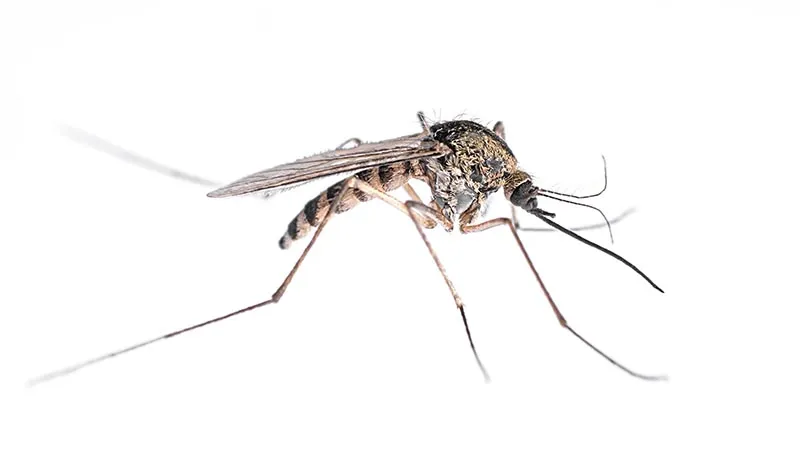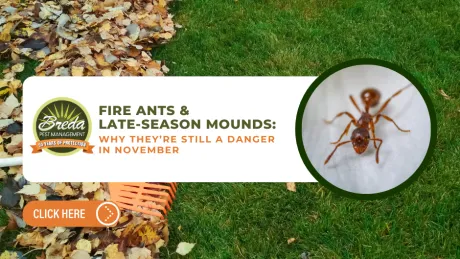
Culex Mosquito

Culex Mosquito Information
The Culex mosquito, belonging to the Culex genus, is a common insect found in various parts of the world. While not as notorious as some other mosquito species, the Culex mosquito plays a significant role as a vector for several diseases that affect both humans and animals. In this article, we will explore the characteristics, behaviors, and impact of the Culex mosquito on public health, as well as the measures taken to control its population and prevent disease transmission.
More about Culex Mosquitoes
Culex mosquitoes are relatively small in size, typically measuring between 3 to 7 millimeters in length. They have slender bodies with long, narrow wings and a prominent proboscis used for feeding. These mosquitoes are usually brown or gray in color, and their bodies have distinct, lighter-colored bands.
Culex mosquitoes are predominantly nocturnal feeders, with their peak activity occurring during the evening and night. They tend to breed in stagnant water sources such as ponds, ditches, and containers, including neglected pools or uncovered water storage containers. Culex mosquitoes are known for their ability to adapt to urban environments, thriving in both rural and urban areas.
While not as widely publicized as some other mosquito species, Culex mosquitoes are important vectors of diseases that affect humans and animals alike. One of the most significant diseases transmitted by Culex mosquitoes is the West Nile virus (WNV), which can cause severe neurological illness in humans. Additionally, Culex mosquitoes are known to transmit other viruses, including Japanese encephalitis, Saint Louis encephalitis, and avian malaria.
Culex mosquitoes are particularly associated with transmitting diseases to birds, serving as a bridge vector between avian hosts and humans. This is significant as some viruses, such as the West Nile virus, can also affect birds, leading to potential ecological impacts and affecting avian populations.
Controlling Culex mosquito populations is essential to mitigate the risk of disease transmission. Integrated mosquito management approaches are commonly employed, focusing on both larval and adult control measures.
Preventive measures involve eliminating or treating stagnant water sources where Culex mosquitoes breed. This includes removing standing water from containers, cleaning gutters, and properly maintaining swimming pools. Larvicides may be used to treat water bodies that cannot be eliminated to prevent mosquito larvae from developing into adults.
Insecticides, including residual sprays and space sprays, are employed to target adult mosquitoes in areas of high activity. Personal protective measures, such as wearing long sleeves and pants, using insect repellents, and installing window screens, are also recommended to reduce mosquito-human contact.
The Culex mosquito, though not as widely recognized as other mosquito species, plays a significant role in disease transmission, affecting both human and animal health. With its ability to adapt to diverse environments and its nocturnal feeding habits, the Culex mosquito presents a challenge to public health worldwide. By implementing integrated mosquito management strategies, including source reduction, larviciding, and targeted adult control, communities can effectively control Culex mosquito populations and reduce the risk of disease transmission. Public education on personal protection measures is also vital to minimize mosquito-human contact. By adopting these measures, we can strive to create healthier and safer environments, free from the impact of Culex mosquito-borne diseases.


